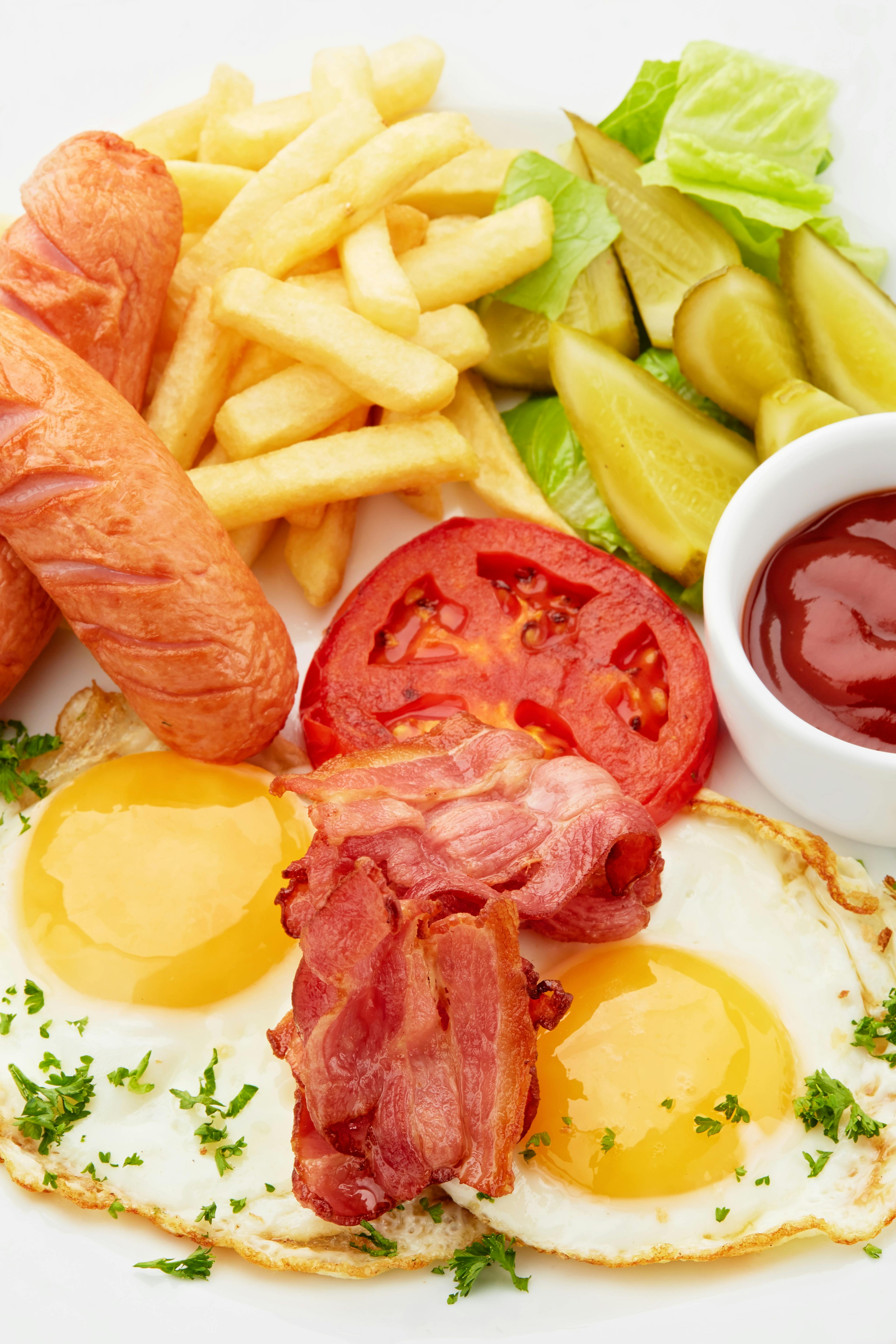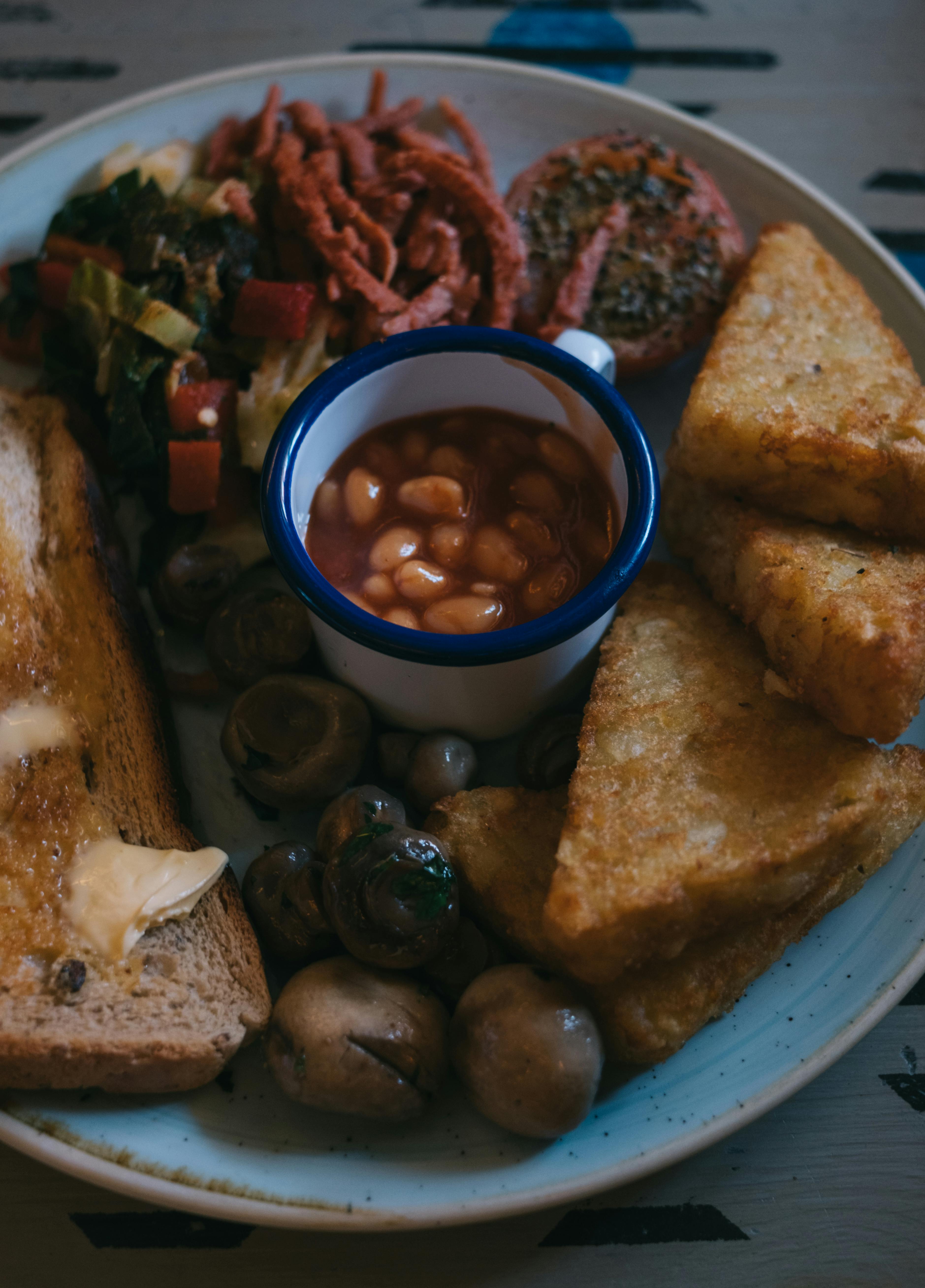UK Chef Secrets to Mastering the Perfect Full English Breakfast
Honestly, I never realised just how passionate a country could be about breakfast until I spent two rainy autumn weeks crisscrossing England, hopping between tiny local cafés and legendary hotel kitchens. Call it nostalgia, national pride, or flat-out obsession—but the full English breakfast isn’t just a meal, it’s practically a British ritual. And that’s coming from someone who once believed you could get away with tossing some eggs and bacon on a plate and calling it “traditional.” What I’ve learned is, almost every chef—whether they’re running a fancy London bistro or pulling double shifts at a seaside pub—has a handful of simple, crucial secrets for nailing the perfect breakfast spread1. The kind of secrets you wish you’d known before your last brunch disaster.
The origins of the full English breakfast date back to the Victorian era, when it was considered a luxurious spread reserved for the country’s elite. These days, it’s a staple enjoyed across the UK—all social classes, all regions, and often tweaked to celebrate local flavors2.
Sound familiar? Maybe you’ve tried to recreate that golden plate after coming home from a trip to London or Manchester, only to wind up with limp sausages and cold beans. In my experience—after ruining more pans of mushrooms than anyone should admit—the difference between a ‘meh’ English breakfast and a genuinely memorable one boils down to a few chef-level tricks, grounded in tradition but perfected over countless busy mornings. That’s what this guide is all about.
What Is a Full English Breakfast?
While most people think ‘scrambled eggs and toast,’ a proper full English is a plate loaded with elements: eggs (fried, scrambled, or poached), British back bacon, juicy sausages (ideally Cumberland or Lincolnshire), baked beans, grilled tomatoes, sautéed mushrooms, black pudding (yes, trust me), toast or fried bread, and sometimes hash browns. It’s hearty—a real “start your day and conquer the world” kind of meal3. What struck me most was how every chef, even at tiny countryside B&Bs, insists each component pulls its weight: flavor, texture, aesthetic—all must harmonize.
The secret, according to several top UK chefs, is balance: crispy bacon but not burnt, rich eggs without rubbery texture, and beans that don’t turn the toast soggy mid-bite. Annoyingly specific? Maybe, but—years of culinary tradition say it’s the difference between good and unforgettable.
Essential Ingredients (And Why They Matter)
Let me step back for a moment. You can’t make a full English work with random supermarket subs. The best chefs use quality ingredients not just because they taste better, but because the right type of sausage (for instance) brings the proper seasoning and fat content to the plate4. Here’s a breakdown, based on what I’ve actually seen in serious UK kitchens:
- Eggs – Consider local, free-range whenever possible. Poached for the brave, fried for classic lovers.
- British bacon (back bacon is preferred)—smoky, meaty, with fat crisped up but not burnt.
- Pork sausages (Cumberland or Lincolnshire for authenticity)
- Black pudding—controversial, but adds depth and texture; less is more here!
- Baked beans (Heinz, per chef consensus5)
- Tomatoes—halved and slow-grilled
- Mushrooms—use a dry sauté, add pepper & parsley
- Toast or fried bread
- Hash browns (optional, more of a modern addition)
I’m partial to adding extra mushrooms, mainly because (back when I first tried cooking professionally) they were the one thing I consistently burned or under-seasoned. What really strikes me now is how much of a difference a simple drizzle of good olive oil—or even butter, for traditionalists—can make on those humble fungi. Funny thing is, no chef I’ve met ever uses canned mushrooms. Freshness is non-negotiable.
Chef Philosophy: Simple Steps, Maximum Flavor
Let me think about this—what separates amateur attempts from chef-worthy results? It’s the details, obviously, but there’s a bit more beneath the surface. I remember, years ago, interviewing Chef Tom1 at a bustling London breakfast spot; he told me “the key is uncomplicating the process.” That stuck with me. Overcomplicating? Guaranteed burnt toast and confusion. Chef Tom always does the mise en place in advance—lay everything out, prep each item, and never rush the eggs6. I tried this once with three friends in a small kitchen and, though we nearly set off the smoke alarm (don’t overcrowd your pan!), I learned that prepping ingredients first sets the whole morning up for success.
- Lay Out All Ingredients—mise en place for home cooks.
- Start with Proteins—sausages and bacon first for flavor depth.
- Veggies Next—grill tomatoes and sauté mushrooms.
- Eggs and Bread Last—so they arrive at the table hot.
Here’s what gets me—despite all the fuss about recipes, it’s really rhythm and timing that make the full English work. And honestly, I reckon the biggest home-cook mistake? Cooking everything at once and hoping it’s finished simultaneously. Speaking of which:
Timing & Coordination: The Secret Sauce
Okay, let’s step back. What I should have mentioned first—the reason any chef can pump out 30 breakfasts in an hour is their approach to timing. You won’t find a single chef in Yorkshire or Brighton juggling eight frying pans like a circus act. Instead, they stagger the process, using oven trays and gentle heat to keep things warm. Here’s a handy breakdown:
| Component | Optimal Cook | Chef Insight | Common Mistake |
|---|---|---|---|
| Sausages | Oven or pan, 10-12 min | Low & slow brings crispness yet juicy inside | High heat—dry, split casing |
| Bacon | Pan, 3-6 min | Render fat slowly, finish crisp | Too hot or early salt—tough texture |
| Eggs | Pan, 2-4 min | Bring to table last, season gently | Rubbery whites, overcooked yolk |
| Beans | Stovetop, 5-8 min | Warm slowly, never boil | Scorched, dry beans |
Never cook everything on full blast. “Let the ingredients come up to temperature gently, and you’ll avoid dry sausages and tough bacon every time.” – Jamie Brown, Essex chef7
Ever notice how classic breakfast spots serve everything piping hot, nothing over-or underdone? Turns out, that’s just careful coordination and a bit of reheating tricks (low oven setting, not microwave—for the love of all things British!).
Pro Plating & Serving
I’m still learning what makes a breakfast plate truly “Instagram-worthy.” From my perspective, presentation makes a real difference—not for vanity, but because a well-arranged plate delivers balanced bites of each item. Plating tips I’ve picked up:
- Eggs go center—you want the runny yolk to ooze naturally into beans and mushrooms.
- Stack bacon/crisp items atop softer ingredients to keep things crispy.
- Arrange tomatoes and mushrooms around the rim, visually brightening the plate.
- Fresh parsley or black pepper adds immediate visual pop and flavor lift.
- Black pudding, if served, should sit at the edge (never hiding beneath beans—a chef sin, apparently).
And yes, according to Chef Debbie Fields (whose breakfasts I’ll never forget), the full English must be served immediately—never let any item wait. Apparently, even a two-minute delay ruins the chef’s pride (I used to think it was overkill, until I tasted the difference).

Nutrition, Modern Twists & Common Mistakes
Nowadays, with health trends shifting, the full English gets its fair share of criticism—too heavy, too fatty, “outdated.” Actually, most contemporary British kitchens are tweaking ingredients with a nod to nutrition, without sacrificing authenticity. I’ve sat in chef roundtables where swaps like grilling bacon rather than frying, poaching eggs, or using leaner sausages were debated for hours. Plus, regionally—in Cornwall or Liverpool—you’ll find smoked fish (like kippers) or veggie sausages making appearances on the plate alongside classic proteins8.
Consider half portions, double veggies, or swapping fried bread for toasted wholegrain. You won’t lose the spirit of the breakfast—and your heart will thank you.
I used to think you had to stick strictly to the classic template. Looking back, I wish I’d experimented sooner. Now, when I host weekend brunch, I add wilted spinach and slow-roast cherry tomatoes for color and an extra nutritional punch.
Common Mistakes—and How to Dodge Them
- Overcooking proteins—low and slow is key
- Serving cold toast—it loses crunch and flavor rapidly
- Under-seasoning mushrooms—a little salt brings out umami
- Microwaving beans—instead, gently heat on stovetop
- Clumping eggs—always crack into a bowl before the pan
- Rushing everything—relax, enjoy the process
The jury’s still out for me on black pudding. Some guests swear by it, others find it off-putting. Either way—tiny slices, well crisped, are less polarizing than hefty rounds. I go back and forth myself, depending on who’s at the breakfast table.
Expert Q&A and Must-Try Recipes
Recently, I asked three UK chefs—via a Zoom interview, naturally—two burning questions:
- What’s your “magic trick” for a restaurant-quality full English at home?
- Favorite plating hack for wow factor?
Chef Molly Price from Newcastle insists on always reheating the plates (“No cold porcelain!”), and Chef Ade Omara loves breaking up hash browns and mixing them with mushrooms for a crispy, unexpected accent. What excites me about their advice is how easy those little upgrades are—they require hardly any extra effort but leave a lasting impression.
Chef-Approved Full English: Simple At-Home Recipe
- 2 British sausages (pan-seared, finished in oven)
- 2 rashers back bacon (crispy edges)
- 2 eggs (poached or fried)
- Grilled tomato halves, seasoned
- Handful fresh mushrooms, lightly sautéed
- Black pudding (optional, thin slice)
- Baked beans, gently heated
- 1-2 slices toast or fried bread
- Hash browns (optional)
Pause here and think about it—just assembling these ingredients with attention to temperature, seasoning, and plating can elevate breakfast to an impressive level. I go a step further, brushing the grilled tomato with a dash of Worcestershire sauce for extra umami (try it, you’ll thank me later).
Looking ahead, more chefs are starting to champion lighter versions, even offering gluten-free toast or vegan sausages—all of which underscores what Rachel Linford said: tradition evolves, and so should your breakfast.
Conclusion & References
Honestly, I’ve made as many mistakes as anybody else trying to build the “perfect” full English breakfast—serving cold beans, rubbery eggs, bacon that was either too tough or too limp. What matters now (truly) is how those chef-conveyed secrets, tried across dozens of real kitchens, make all the difference. For me, breakfast stopped being a chore and became a kind of mindful ritual: prepping with intention, layering flavors, serving hot to grateful faces, and sometimes sneaking in new ingredients just to see what happens.
Pick one chef tip from above and try it next weekend—swap in homemade beans, preheat your plates, or just take an extra ten minutes to plate carefully. The difference, honestly, is worth it. Share your results, tweak your process, and revel in breakfast tradition—British or otherwise.
I’ll be completely honest; the more I learn, the more I realise there’s no single recipe. Instead, the full English is a living story—one tied to region, season, tradition, and taste. Looking forward, I suspect its evolution will only continue, bridging generations and inspiring endless morning creativity.
References
Sources & Further Reading



